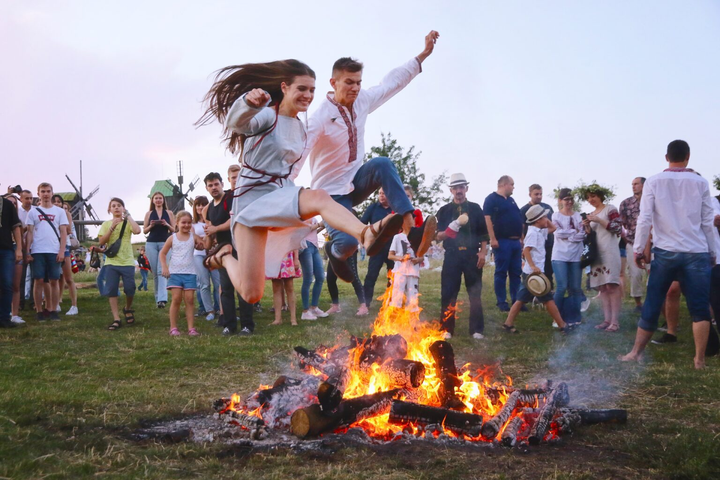
🚪 Don't Whistle Indoors: A Guide to Slavic Superstitions
Ever been told off by a grandparent for doing something that seemed perfectly harmless? Like whistling a happy tune indoors, or passing the salt shaker directly into someone’s hand?
In many Slavic households, these aren't just quirky habits. They're part of a rich and fascinating world of superstitions—small rules and rituals designed to protect the home, ensure good fortune, and keep the unseen world happy.
Think of them as a kind of everyday magic. Here’s a peek into some of the most common ones.
1. The Sacred Threshold
The Rule: Never greet someone, shake hands, or pass an object across the doorway of a house.
Why? The threshold is seen as a boundary between the safe, protected space of the home and the chaotic outside world. It’s also believed to be a place where spirits linger. Doing anything important across this line can disturb this balance, leading to arguments or bad luck. The solution is simple: either invite the person all the way in or step all the way out.
2. The Indoor Whistle
The Rule: Don't whistle inside the house.
Why? This is a big one! Whistling is said to invite the wind into your home, and with it, your money and good luck get "blown away." It’s also believed to be an invitation for mischievous spirits to enter your home. So, save those tunes for the outdoors.
3. The Pre-Journey Pause
The Rule: Before leaving for a long trip, everyone in the house must sit down in silence for a moment.
Why? This beautiful tradition, known as “prisyadim na dorozhku” (let’s sit for the road), is both practical and magical. Magically, it’s said to confuse any evil spirits who might want to follow you and cause trouble on your journey. Practically, it’s a genius way to calm down, do a final mental check (Do I have my keys? My passport?), and leave the house with a clear head.
4. Knocking on Wood (and Spitting!)
The Rule: If you say something good about your future, you must immediately knock on wood and spit over your left shoulder.
Why? Knocking on wood is thought to come from the ancient belief that good spirits lived in trees, so you knock to ask for their protection. And the spitting? The left side was considered the side where evil spirits or tempters lurked. A quick (and usually symbolic, sound-only "tfu-tfu-tfu") spit is meant to drive them away before they can jinx your good fortune.
5. The Spilled Salt
The Rule: Spilling salt will lead to an argument.
Why? Salt was once a valuable commodity, so spilling it was a real waste. The superstition says that this act angers the peaceful spirits of the home, causing conflict. To fix it, you must immediately take a pinch of the spilled salt and toss it over your left shoulder to "blind the devil" and restore peace.
6. The Danger of a Sharp Gift
The Rule: Never give knives, scissors, or any sharp objects as a gift.
Why? A sharp edge is believed to have the power to "cut" the bond of a relationship. Giving a knife is like symbolically severing your friendship. If you really want to give a knife as a gift, there’s a workaround: the person receiving it must "pay" you with a single coin. This magically turns the exchange into a sale, not a gift, and keeps the friendship intact.
So, are these just silly old habits? Maybe. But they are also a fascinating window into a worldview filled with symbolism, respect for the unseen, and a unique way of showing care for the home and the people in it.


